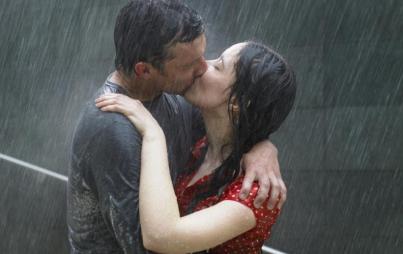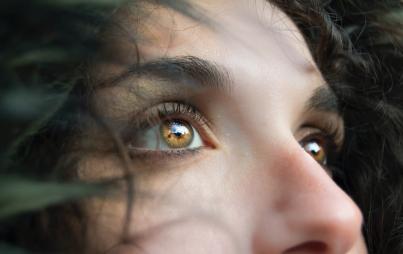
Mary Kate Olsen, 27, has been spotted several times wearing an anchor of a gem on her ring finger, allegedly to mark her engagement to Olivier Sarkozy, 17 years her senior.
Now, maybe it’s because we’ve known her since she was in diapers. Maybe it’s because this guy could be her father. Maybe it’s because she doesn’t come up to his shoulders even in heels. Maybe it wouldn’t be so bad if he just wasn’t so damn wrinkly.
Whatever the reason, there is definitely an awkward creeper vibe about the whole scenario—but are we being fair?
Olsen certainly isn’t the first to date an older man, but how do these age-gap matches pan out in the long run?
According to established studies, men are attracted to women who exude youth for reproductive purposes, while women are attracted to older males for their resources (are you gagging as well?). The balancing of preferences is technically called the age differential effect (ADE)—but when psychologists John M. Kelley and Rebecca A. Malouf of Endicott College did some digging, the results weren't so clear-cut. The two pored over The Washington Post's and The Boston Globe's respective dating columns, both of which offered a free dinner to anyone willing to go on a blind date and tell all afterwards. The Post’s sampling contradicted the ADE theory (the majority of both men and women gave lower ratings to dates with a younger woman/older man setup), while The Globe supported it (all clear on the cradle-robbing).
What do Kelley and Malouf have to say about the findings? They shine some pretty modern, rational light on the situation, noting that when it comes to a love connection, some apsects of a person (his or her age, for example) are not relevant to the romance. Translation? In today’s world, it's possible to focus on someone’s personality, looks, charm and background without connecting those factors to age—or ethnicity or culture or any other defining characteristic.
That said . . . Mary Kate, we still want to know why you've chosen this particular older gentleman! Guess we’ll just have to trust your decision. (But we're still hoping it’s just a promise ring.)
Would you date someone older—or younger? An unofficial way to calculate where to draw the line in your own love life is to take your age, divide it in two and add seven. The resulting number is the youngest you “should” go when it comes to your potential partner. Where did this crazy math come from?
We have no idea, but it kind of makes sense to us.
Image: Wikimedia Commons






